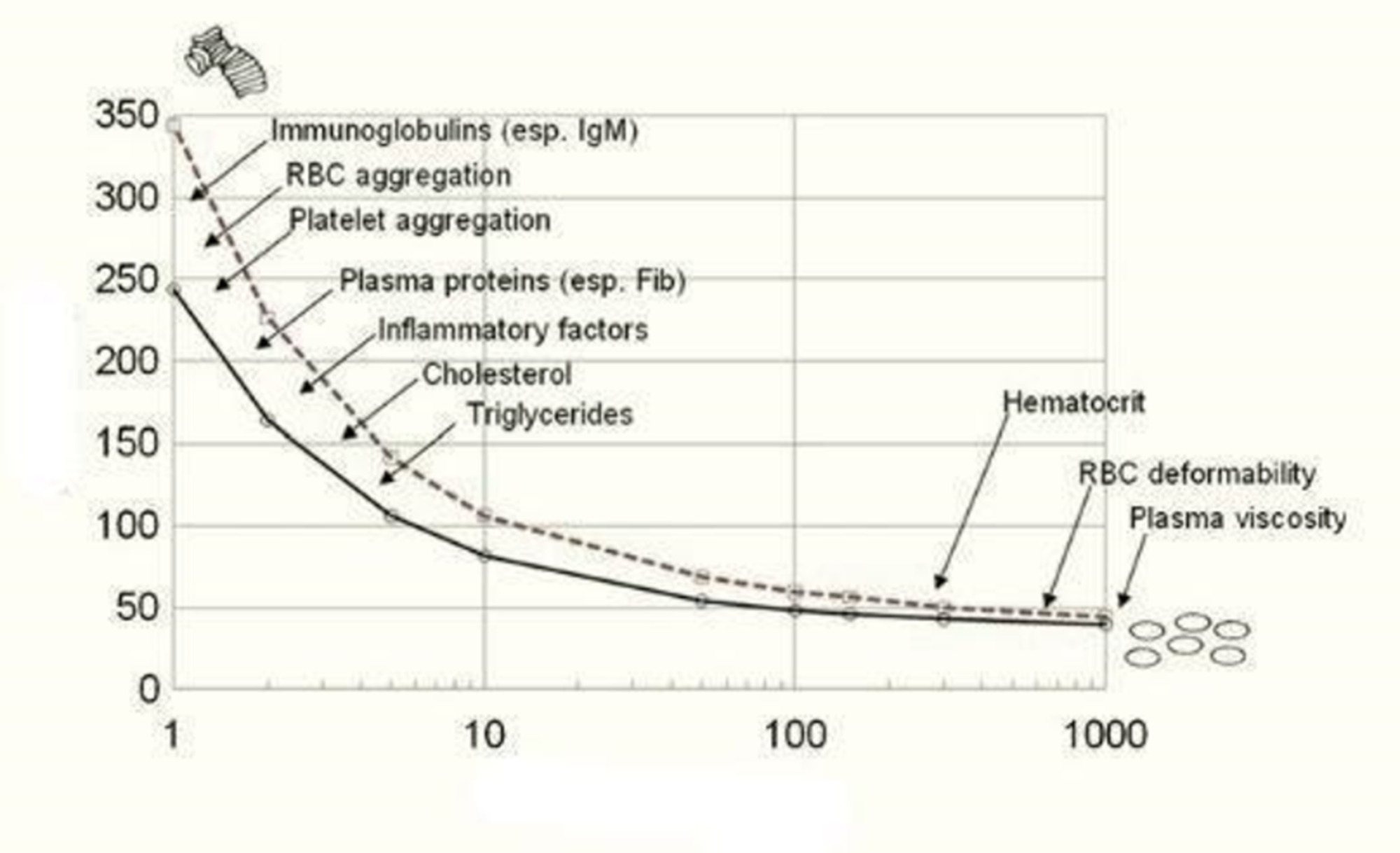

The patient’s posture either sitting, standing or lying down, or the time of day relative to the patient’s sleep cycle can be important factors in some tests.

The use of a tourniquet can cause stress and is not recommended in some cases. Most blood specimens can be obtained using routine phlebotomy techniques however, there are some exceptions. Color-coded pediatric Vacutainer tubes are provided to facilitate special handling. The color-coded Vacutainer tubes on the inside cover are recommended unless otherwise indicated in the alphabetical test listing. To prevent injury and exposure to potentially infectious material, do not ship frozen serum, plasma, or whole blood received in glass tubes or SST (glass or plastic). Transfer the serum, plasma or whole blood to a plastic transport tube (see Pediatric Specimen Tubes below). For plasma and whole blood, completely fill the Vacutainer whenever possible to eliminate dilution from the anticoagulant or preservative and immediately mix the blood by gently and thoroughly inverting the tube five to ten times. For serum, allow the blood to clot sixty minutes and separate by centrifugation. For serum or plasma, draw approximately 2 1/2 times the requested volume. Draw blood in the color-coded Vacutainer® tube indicated in the alphabetical test listing.


 0 kommentar(er)
0 kommentar(er)
